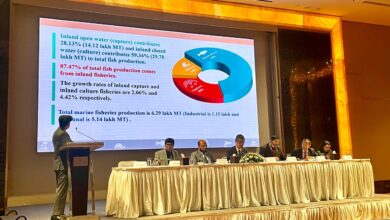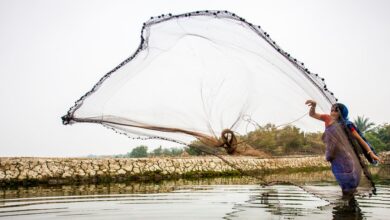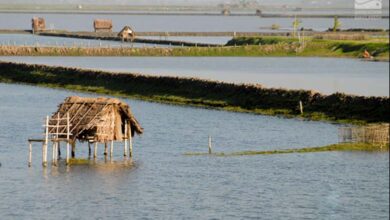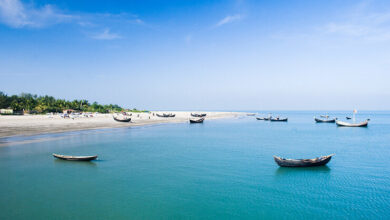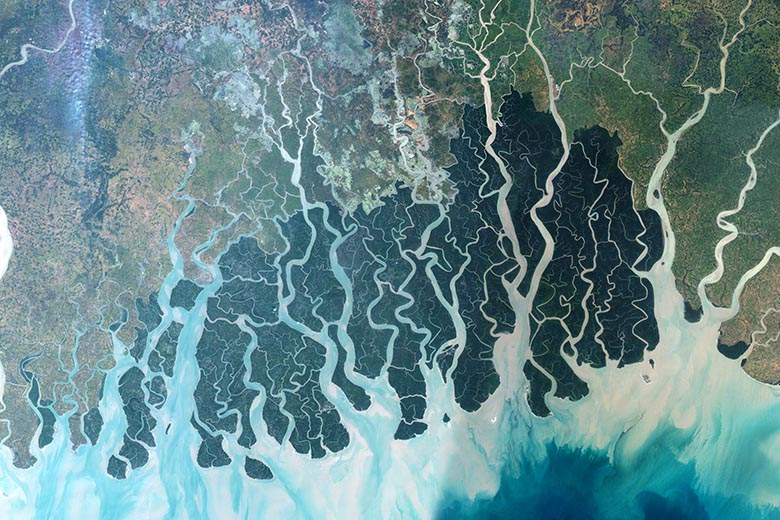
A coastal body of brackish water that is partially contained, has one or more rivers or streams flowing into it, and has a free connection to the open sea is called an estuary. Estuarine ecosystems are extremely dynamic settings that are influenced by changes in river and oceanic hydrological, morphological, physical, and chemical factors. These are regions where an exclusive ecosystem is influenced by both the ocean and the land. The instability of an estuary brought on by the tide’s ebb and flood is a fundamental characteristic. Sediment is moved, fresh and salt water are combined, and plant and animal wastes are rinsed away.
Because they allow bacteria to decompose organic debris, estuaries are among the planet’s most productive ecosystems. Estuarine habitats are transitional zones with a complex food web supported by nutrient- and oxygen-rich conditions. It is constantly changed and provides the best habitat for many aquatic animals.
Consequence of Fisheries Activities:
Estuaries are intricate, dynamic, and generally delicate ecosystems. Both pressures from fishing operations and natural disasters have an effect on estuaries.
Overfishing:
The excessive taking of fish by commercial and recreational fisherman, as well as improper fishing methods such ghost fishing and destructive fishing, which lower fish populations, inhibit fish reproduction, and endanger estuarine food webs.
Acid sulfate soils:
Iron sulfides are a naturally occurring deposit found in acid sulfate soils. These soils can produce hazardous acids when disturbed or exposed to the air, hurting both plants and animals as well as architectural structures and waterways. The combination of pesticides, herbicides, chemicals, medicines, and fertilizers used in aquaculture ponds causes the soil to become acidic.
Habitat destruction:
The gear of fishing and sediment type have an impact on the habitat. In some regions of Asia, Africa, the Caribbean, and the South Pacific, “blast fishing” with dynamite and other explosives is still a popular practice. Heavy (especially hydraulic) dredges may only slightly harm highly dynamic, soft bottoms (coarse sand or hydraulic dunes). Hard, sturdy, and highly organized habitats (coral reefs, seagrass beds, and sponge beds) are vulnerable to destruction.
Oxygen depletion:
Bycatch species, some of which have little to no use discarded overboard with the fish offal from fish processing. When these get concentrated over time, the ecosystem on the seafloor could become locally anoxic. The amount of organic stuff that is produced might not be insignificant.
Water pollution:
By overfeeding of cultured species, aquaculture can also have a harmful impact on the ecosystem. Excess feeding can have a number of harmful effects on the environment. When nutrients are not taken up by organisms, they are released into the environment, forcing the ecology to change. This waste can pollute open water. It becomes unsuitable for drinking, recreational purpose, and for usage by other wildlife. Because it contains antibiotics, pesticides, and fish feces which are harmful for living animal.
Eliminating the sector would resolve these issues because of the growing harm that aquaculture and fisheries are causing to the environment. Despite these objections, the world’s demand for fish and seafood products makes the fisheries industry necessary today. The objective is to expand the fishing industry without having a detrimental impact.
Farhana Islam
Agriculturist, Researcher

